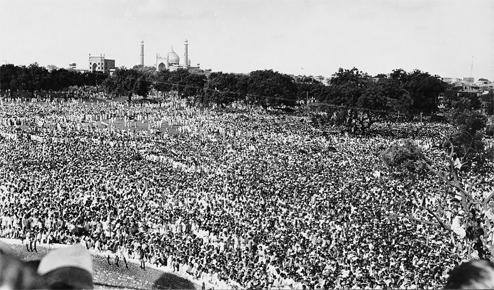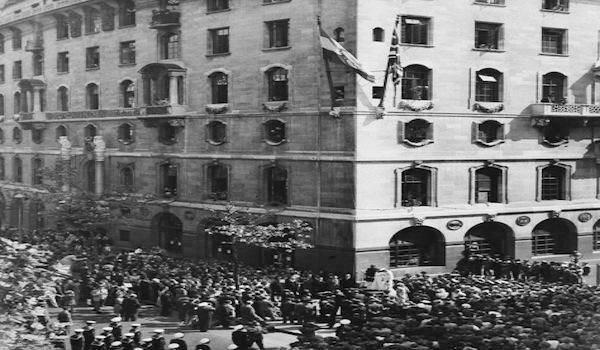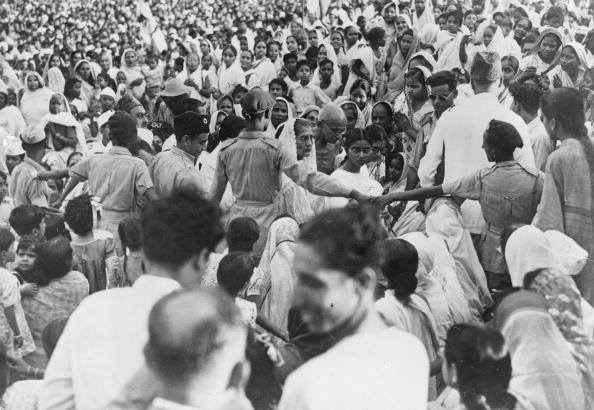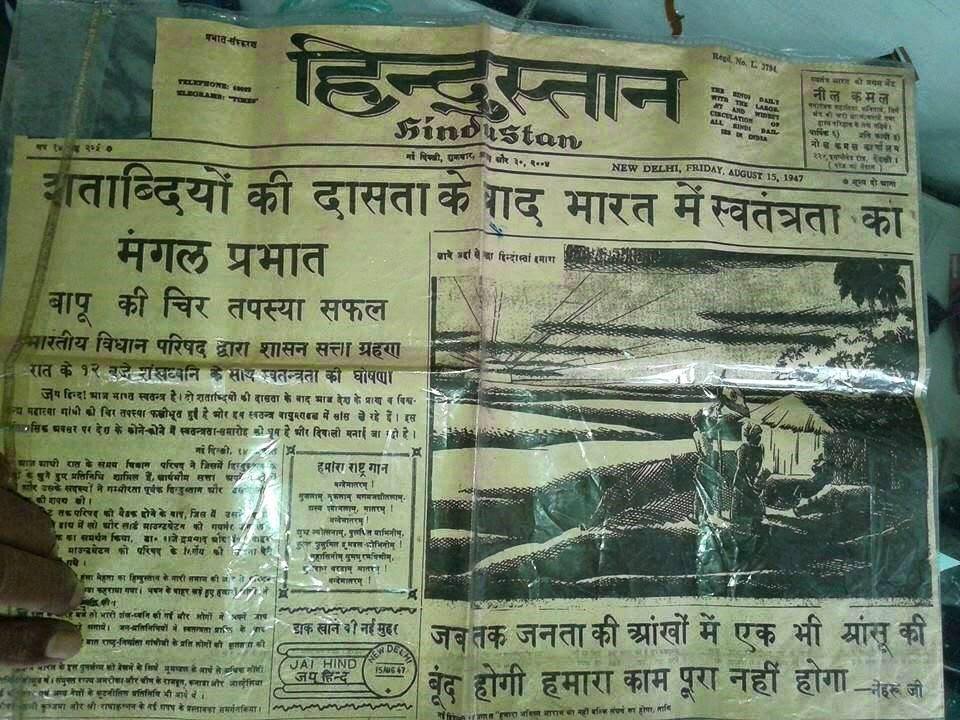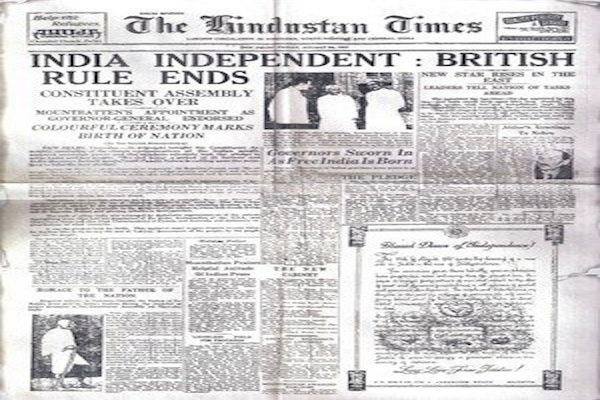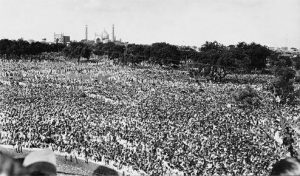
How was 15th August decided as the Indian Independence- Surprising Facts About India
India woke up to freedom on this day, way back in 1947, after a struggle which spanned centuries. The British handed the rule of the country to the Indian leaders at the stroke of midnight. India’s Independence is celebrated on this day by hoisting the tri-coloured flag in the state capitals, and holding cultural programmes. Though schools and colleges may not have a holiday on this day, no academic work is done. Students and teachers gather for a flag hoisting ceremony, and they sing the National Anthem. The rest of the country, however, usually enjoys a holiday on this day. It is a time when we must sit back and remember the freedom strugglers, without whom we may never have got our freedom.
26 Facts about August 1947
1. Why did the British give freedom to India at midnight?
The main reason behind this is Astrology. It sounds radic but this is the truth! Britain granted Independence to both India & Pakistan on 14th Aug midnight…. But Indian astrologers meet Nehru and convinced him that “15th Aug 1947 midnight is the subh muhurat, and it will bring peace and stability to our country”.
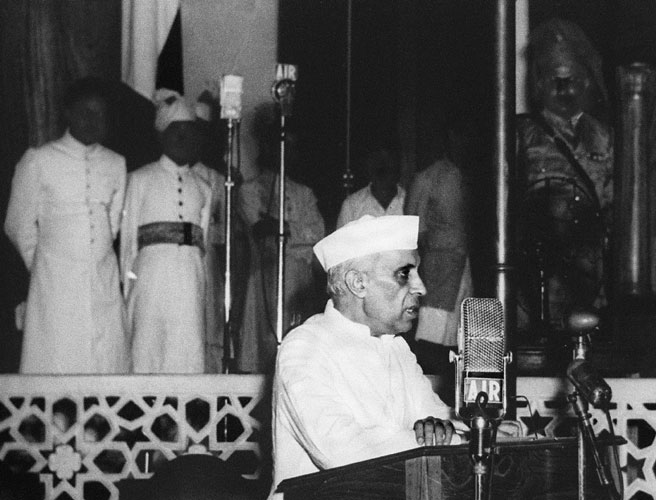
2. The first National flag was hoisted first on August 7, 1906.
The first national flag in India is said to have been hoisted on August 7, 1906, in the Parsee Bagan Square (Green Park) in Calcutta. The flag was composed of horizontal strips of red, yellow and green.
The second flag was hoisted in Paris by Madame Cama and her band of exiled revolutionaries in 1907 (according to some inl9OS). This was very similar to the first flag except that the top strip had only one lotus but seven stars denoting the Saptarishi. This flag was also exhibited at a socialist conference in Berlin.
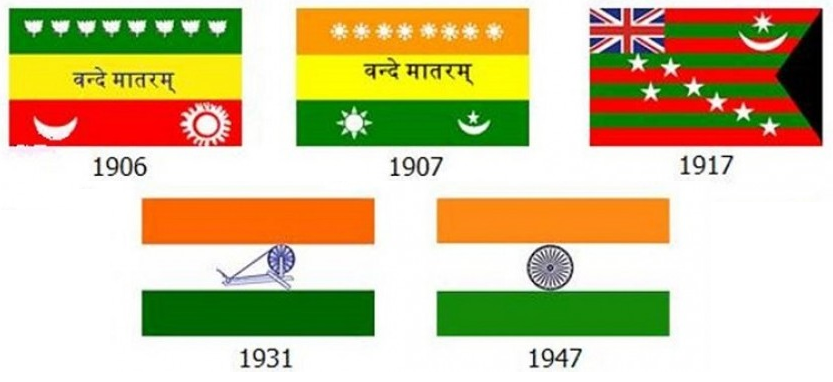
The third flag went up in 1917 when our political struggle had taken a definite turn. Dr. Annie Besant and Lokmanya Tilak hoisted it during the Home rule movement. This flag had five red and four green horizontal strips arranged alternately, with seven stars in the saptarishi configuration super-imposed on them. In the left-hand top corner (the pole end) was the Union Jack. There was also a white crescent and star in one corner.
During the session of the All India Congress Committee which met at Bezwada in 1921 (now Vijayawada) an Andhra youth prepared a flag and took it to Gandhiji. It was made up of two colours-red and green-representing the two major communities i.e. Hindus and Muslims. Gandhiji suggested the addition of a white strip to represent the remaining communities of India and the spinning wheel to symbolise progress of the Nation.
3. Border between India & Pakistan was not announced until 17 August.
Although Pakistan celebrated its independence on 14 August and India on 15 August 1947, the border between the two new states was not announced until 17 August.

On 17th August 1947 the Radcliffe Line was declared as the boundary between India and Pakistan, following the Partition of India.
4. Hitler is responsible for Indian Independence
When Hitler started World War II, he destroyed the economies of Britain and France to such an extent that they were no longer able to financially maintain their military forces, and were hence incapable of containing the burgeoning freedom movements in their colonies.
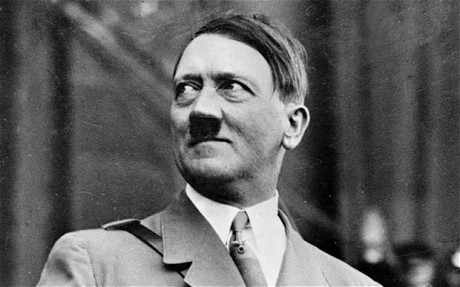
Britain would have left India in 1947 purely for financial reasons, due to its wholly collapsed economy. Hitler thus deserves a large amount of credit for unleashing the Second World War, debilitating England and as a spin-off getting the English to leave India.
5. South Korea, Liechtenstein and Republic of the Congo also celebrate their independence day on 15th August.
6. Mahatma Gandhi was not present on 15th August 1947
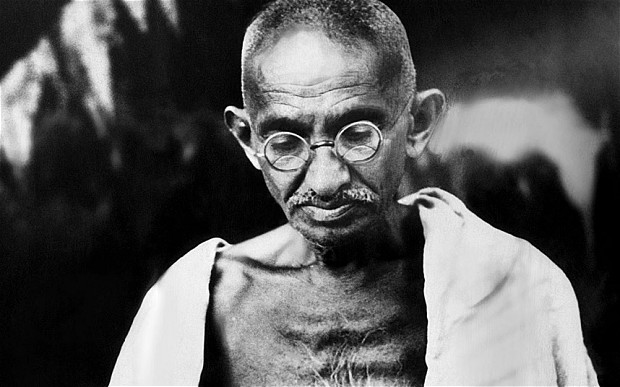
When India celebrated her hard-won freedom on August 15, 1947, Mahatma Gandhi, who had played such a sterling role in the movement, was in Kolkata. Saddened by the Partition of the country, he spent the day fasting and in prayer.
7. Jana Gana Mana was not considered as national anthem till 1950.
When India got freedom on August 15, 1947 there was no National Anthem. Even though the Bengali invocation of Jana Gana Mana was written in 1911, it was not considered as national anthem till 1950.

8. Jana Gana Mana song was sung 1st time for “King George”
Jana Gana Mana song was sung for the first time in India on the second day of the Calcutta Conference of the Congress party in December 1911 to give a loyal welcome to King George the fifth, and to thank him for annulling the Partition of Bengal in 1905.
9. After the Independence, India’s capital change from Kolkata to Delhi
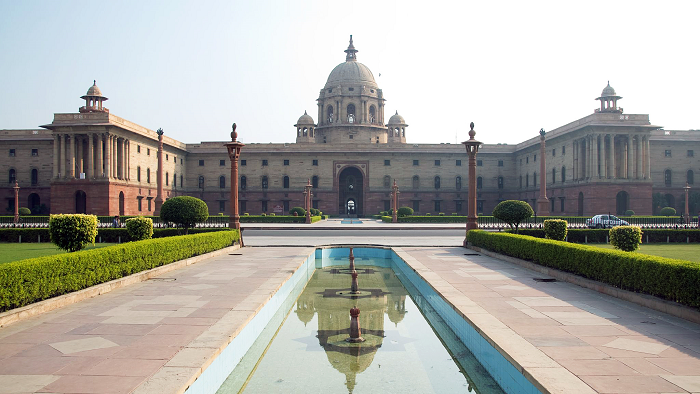
From 1577 to 1911, Calcutta (now called ‘Kolkata’) was the capital city of British India. Bengal was partitioned in 1905. When India achieved independence, capital change from Kolkata to Delhi.
10. India has never invaded any country in her last 1,00,000 years of history.
11. ‘India’ is derived from the River Indus
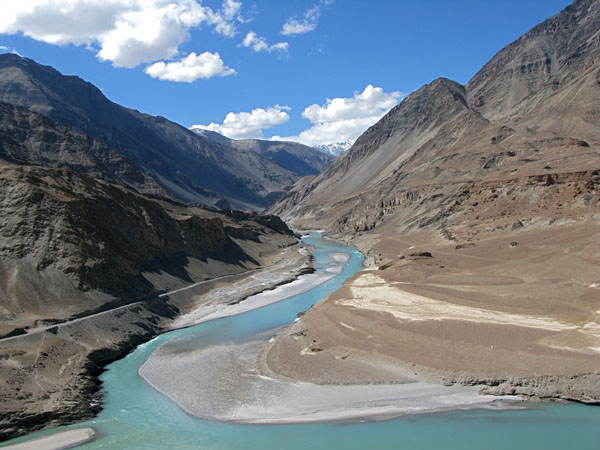
16) At the time of Independence, the price of Gold was Rs 88.62 per 10 gm.
17) At the time of Independence, there were 562 princely states in India
18) In 1947, the exchange rate was 1 rupee to the dollar
19) The first cabinet of India took oath on 15th August, 1947. It consisted of 13 minsiters belonging to 5 different religious. It included 1 woman minister
20) Since 1947, every year this very day, the Prime Minister of India raised the National Flag at the Lahore Gate of Red Fort in New Delhi and given his speech.
21) During Independence, India has 1100 languages. Today we have around 880 languages
22) Pandit Jawaharlal Nehru gave his famous speech titled “Tryst with Destiny” towards midnight on 14th August 1947 to the Indian Constituent Assembly. He wasn’t technically the Prime Minister as it wasn’t yet 15th August.
23) Google commemorated Independence Day since 2003 with a special doodle on its Indian homepage

24) Lord Mountbatten as the last Viceroy of undivided British India had to attend both the ceremonies in Karachi and New Delhi. To avoid a clash between the two, Pakistan’s Independence Day was celebrated on 14th August 1947 and thus every year Pakistan’s Independence preceded that of India’s.
25) The border between India and Pakistan was drwan by Sir Cyril Radeliffe, who never actually visited the sub-continent before his appointment
26) India has no national language. According to Article 343 of the Constitution, Hindi is the official language of India.
FREEDOM FIGHTERS WHO FOUGHT FOR INDEPENDENCE DAY:
Rani Laxmi Bai, the Queen of Jhansi, lead her people into a battle against the British in which she fought like a tiger, and was killed heroically.
Mahatma Gandhi, the father of the nation, lead the country to freedom with his non-violent ideals. He remains a symbol of peace to this day.
Sardar Vallabhai Patel was responsible for uniting the princely states into one country.
Bal Gangadhar Tilak, remembered for his court statement in which he proclaimed ‘Swaraj is my birthright, and I will have it!’
Bhagat Singh, threw a bomb when the Legislature was in session, and was arrested and hung.
Maulana Abul Kalam Azad was elected President of the Congress when he was just 35.
Dr. Annie Besant, a Britisher, supported India’s freedom struggle wholeheartedly and founded the Home Rule league in India.
Ashfaqualla Khan, a revolutionary who was given the death sentence, kissed the noose before it went around his neck.
EVOLUTION OF INDIAN FLAG AND SOME INTERESTING FACTS:
1) Hoisted first on August 7, 1906 at the Parsee Bagab Square in calcutta
2) The present design was made by Pingali Venkayya in 1921
3) Formally adopted on 22nd July, 1947
4) The ratio of the Indian flag’s width to its length is two or three
5) Khadi is the only material allowed in the manufacture of the National Flag. Any other material, if used, is a punishable offense as per the laws of the country
6) The ratio of the Indian flag’s width to its length is two to three
7) When a foreign dignitary travels in a car provided by government, the flag should be flown on the right side of the car while the flag of the foreign country should be flown on the left side.
8) When the Indian flag is flown on Indian territory along with other national flags, the general rule is that the Indian flag should be the starting point of all flags.
9) Karnataka Khadi Gramodyoga Samyukta Sangha based in Hubli is the only licenced flag production and supply unit in India.
10) The government approves only 9 different sizes for the Indian flag. They are (in mm) 6300 x 4200, 3600×2400, 2700×1800, 1800×1200, 1350×900, 900×600, 450×300, 225×150, and 150×100
Some interesting lesser know facts about India on Independence Day:
1) The name ‘INDIA’ comes from the Indus river, the Indus valley is one of the world’s earliest urban civilizations. The Sanskrit name for India is Bharat Ganarajya.
2) Before granting Independence it was Lord Mountbatten who pushed for the partition India into India and Pakistan.
3) The current flag has three colours in it. The top strip saffron stands for courage and sacrifice; the middle portion white for peace, truth, purity and green for faith, fertility and chivalry. The Ashok Chakra at the centre of the flag — righteousness.
4) Indian Muslims were well spread minority in India, initially people were quite united. Gandhi headed many movements and Muslims rallied behind him. Even Jinnah saw him as an Indian politician and never thought about a Muslim political movement. In provisional election Hindu dominated it and Muslims had a genuine fear that their interests will be voted out. However, Gandhi was against the partition, but he did not have his own people to support him.
5) National flag was hoisted first on August 7, 1906 at the Parsee Bagan Square in Calcutta. The flag was composed of horizontal strips of red, yellow and green. The red strip at the top had eight white lotuses embossed on it in a row. The green strip had a white sun on the left and a white crescent and star on the right.
6) India never invaded any country in her last 100000 years of history.
7) The first version of the current national flag was made by Pingali Venkayya at Bezwada in 1921. It was made by two colours red and green-representing the two major communities. Gandhi ji suggested the addition of a white strip to represent the remaining communities of India and the spinning wheel to symbolise progress of the Nation.
8) Countries like Bahrain, South Korea, North Korea and Republic of the Congo share their Independence day with India.
9) ‘Tryst with destiny’ the famous speech by Nehru was the most recollected speech in the country.
10) India is the largest democracy in the world, the 6th largest Country in the world, and one of the most ancient civilizations.
11) Chess was invented in India.
12) The game of Snakes & Ladders was created by the 13th century poet saint Gyandev. It was originally called ‘Mokshapat’. The ladders in the game represented virtues and the snakes indicated vices. The game was played with cowrie shells and dices. In time, the game underwent several modifications, but its meaning remained the same, i.e. good deeds take people to heaven and evil to a cycle of re-births.
13) India has the largest number of Post Offices in the world.
14) The world’s first university was established in Takshila in 700 BC. More than 10,500 students from all over the world studied more than 60 subjects.
15) The largest employer in the world is the Indian Railways, employing over a million people.
16) India was one of the richest countries till the time of British rule in the early 17th Century. Christopher Columbus, attracted by India’s wealth, had come looking for a sea route to India when he discovered America by mistake.
17) Bhaskaracharya rightly calculated the time taken by the earth to orbit the Sun hundreds of years before the astronomer Smart. According to his calculation, the time taken by the Earth to orbit the Sun was 365.258756484 days.
18) The four religions born in India – Hinduism, Buddhism, Jainism, and Sikhism, are followed by 25% of the world’s population.
19) Islam is India’s and the world’s second largest religion.
20) The Vishnu Temple in the city of Tirupathi built in the 10th century, is the world’s largest religious pilgrimage destination. Larger than either Rome or Mecca, an average of 30,000 visitors donate $6 million (US) to the temple everyday.
21) Varanasi, also known as Benaras, was called “the Ancient City” when Lord Buddha visited it in 500 B.C., and is the oldest, continuously inhabited city in the world today.
22) Yoga has its origins in India and has existed for over 5,000 years.
23) Martial Arts were first created in India, and later spread to Asia by Buddhist missionaries.
Images captured when India ‘made its tryst with destiny.’ 15th Aug 1947.
15 August 1947 : Scene at Red Fort on First Independence Day.
India’s first Prime Minister Jawaharlal Nehru addressing the nation on the first Independence day from the Red Fort in Delhi.
15 August 1947 : New Flag of India raised at United Nations (Lake Success), New York
August 1947 : Illumination of Streets to celebrate India’s Independence , Bombay
15 August 1947 : Illumination of Eastern Court Buildings on First Independence day , Delhi
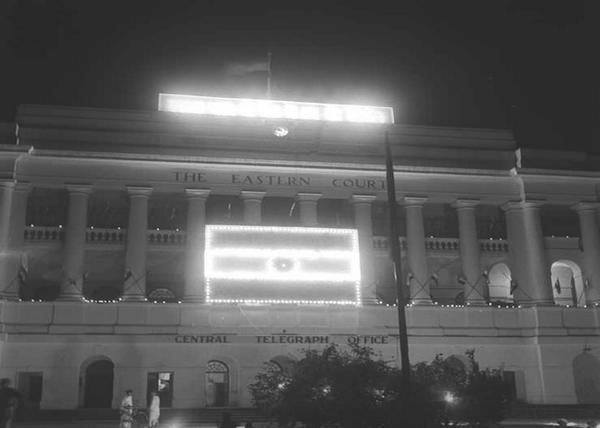
15 August 1947: New Flag of India is raised to mark Indian independence at India House, London
15 August 1947 :Mahatma Gandhi in Calcutta.He Said ”I am not lifted off my feet by these demonstrations of joy”
15 August 1947 : BIRTH OF INDIA’S FREEDOM

